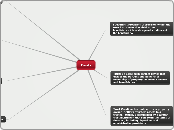arabera Chris Wasson 13 years ago
410
Trusts
When creating a trust, a property owner, known as the settlor, transfers assets to a trustee, who then manages these assets according to the terms outlined in a written trust instrument.

arabera Chris Wasson 13 years ago
410

Honelako gehiago